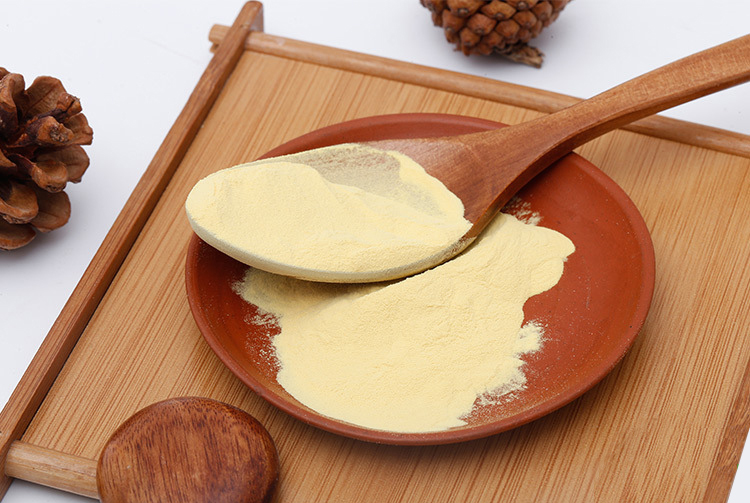
There are different fineness cell cracked pine pollen powder products in the market from 200 to even 1000 mesh particle size. Some companies argue that the finer the pine pollen powder is, the better absorptivity it will be. However the absorptivity doesn’t have to be with the particle size (fineness) of the powder. Cell-cracking process is to release the nutrients inside the hard cell wall of pine pollen powder, which means simply cracking the cell wall will fulfill this purpose. The best state for pine pollen cell wall is half-cracking because the cell wall is a type of insoluble dietary fiber which accounts for 40% of the pine pollen powder. Insoluble dietary fiber, which does not dissolve in water, is metabolically inert and provides bulking, or it can be prebiotic and metabolically ferment in the large intestine. Bulking fibers absorb water as they move through the digestive system, easing defecation. Like soluble fiber, insoluble fiber can play a key role in controlling weight by staving off hunger pangs. It also helps prevent constipation (as well as any related problems, like hemorrhoids) and improve bowel-related health problems, like constipation, hemorrhoids, and fecal incontinence (problems controlling your bowel movements.). When the pine pollen cell wall is over-cracked to a high particle size like 1000 mesh, the insoluble fiber will be thoroughly destructed. In other words, the finer cell wall will no longer have the benefits the insoluble fiber should have. Pine pollen powder at 200 to 300 mesh particle size not only ensures the cell wall being cracked and nutrients released but also preserves the insoluble dietary fiber at maximum.
Pine Pollen Particle Size: The Finer, the Better?
December 18, 2017
